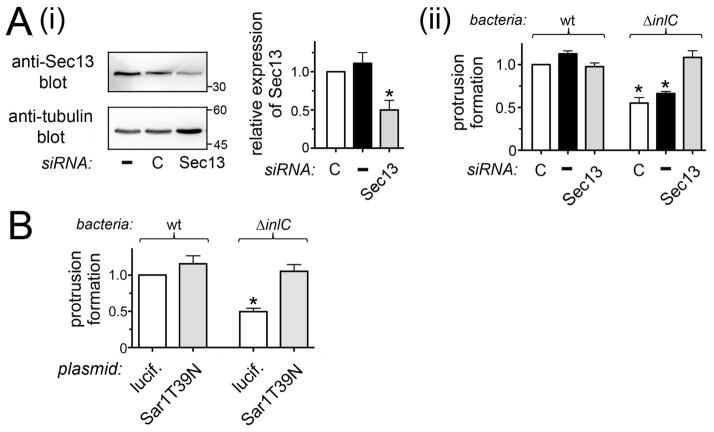Figure 4. The COPII components Sec13 and Sar1 control Listeria protrusion formation.
A. Effect of Sec13 depletion on Listeria protrusions. Caco-2 BBE1 cells were either mock transfected in the absence of siRNA (−), transfected with a control non-targeting siRNA (C), or transfected with an siRNA directed against Sec13. Approximately 72 h after addition of siRNA, cells lysates were prepared and used for analysis of Sec13 expression by Western blotting (i) or infected with wild-type (wt) or ΔinlC Listeria strains for 5.5 h followed by assessment of bacterial protrusions (ii). *, P < 0.05 relative to control siRNA transfected cells infected with wt Listeria. B. Impact of inhibition of Sar1 on Listeria protrusions. Caco-2 BBE1 cells were transfected with plasmids expressing an Ha-tagged dominant negative allele of human Sar1 (Sar1.T39N) or Ha-tagged luciferase as a control. About 72 h post-transfection, cells were infected with wt or ΔinlC Listeria strains and protrusion formation was quantified by confocal microscopy analysis. *, P < 0.05 relative to Ha-luciferase-expressing cells infected with wt bacteria. Data in A and B are each mean +/− SEM values from three experiments.

